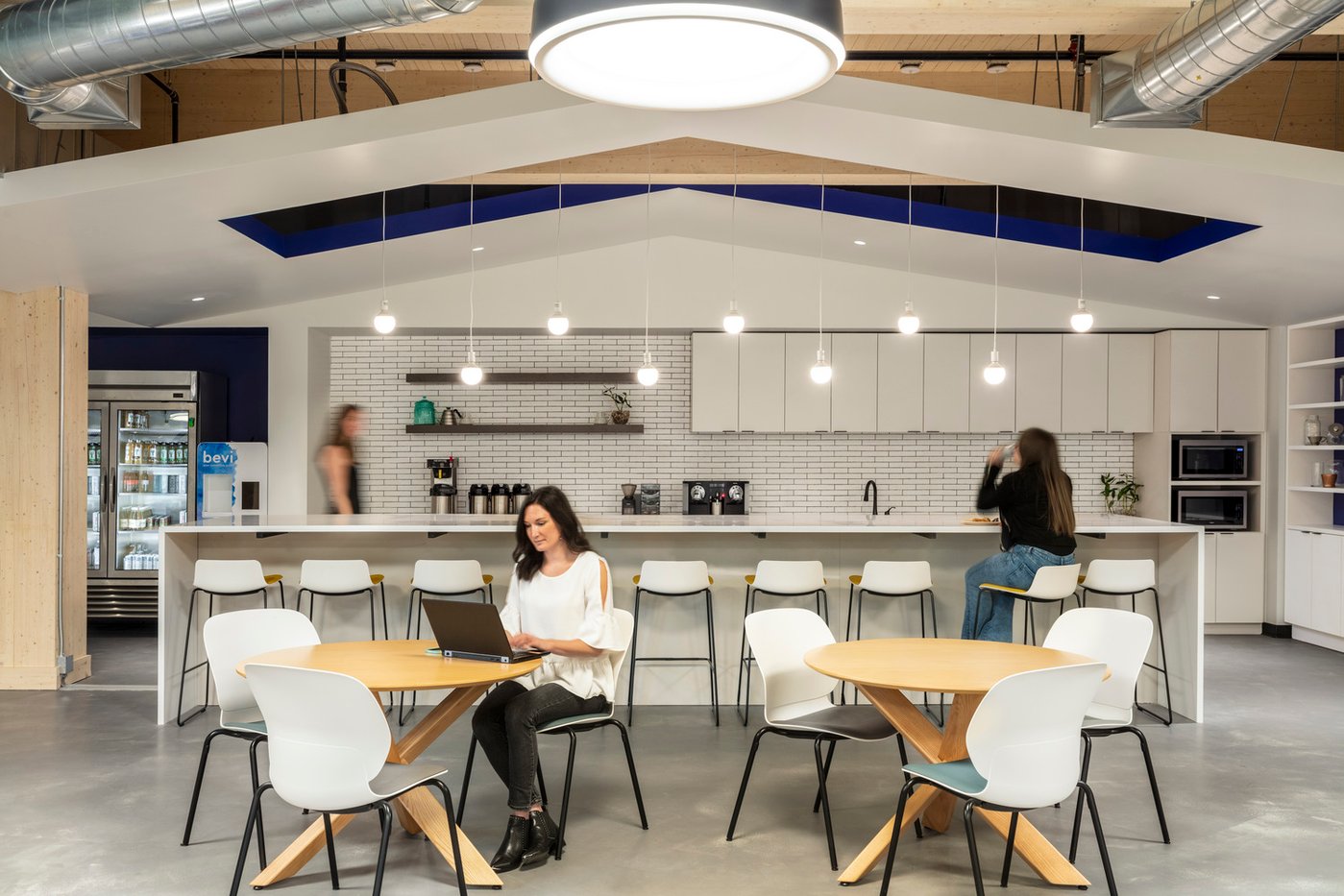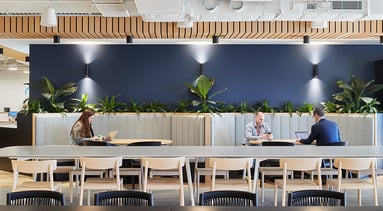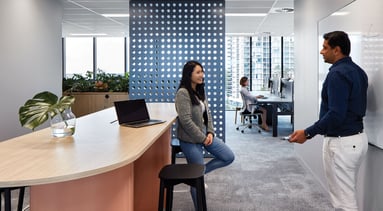Key factors helping organizations drive DE&I change in the workplace

In a recent webinar, Chely Wright, Chief Diversity, Equity held a dialogue with leaders from Goldmans Sachs, Blue Skyre IBE, and Marsh McLennan to collect their insights about creating diverse, equitable, and inclusive work environments.
Meet our experts:
| Christine Salerno HEAD OF SOCIAL IMPACT/CORPORATE SOCIAL RESPONSIBILITY, MARSH MCLENNAN |
Chely Wright CHIEF DIVERSITY, EQUITY, & INCLUSION OFFICER, UNISPACE |
| Maureen Ehrenberg CHIEF EXECUTIVE OFFICER, BLUE SKYRE IBE |
|
| Susie Scher PARTNER, GOLDMAN SACHS, CHAIR GLOBAL FINANCING GROUP |
The current landscape
Today’s organizations are no strangers to challenges with the workplace experience, especially in our current environment. The pandemic has caused various hurdles, with one being the exodus of more than one million women from the corporate world (as of September 2020) to take on the role of primary caregiver. What’s more, as of August 2021, women’s labor force participation rates fell to 57.4%, the lowest since 1988. How can organizations ensure women keep excelling in the workplace? And, as companies prioritize DE&I initiatives, culture, and creating human-centric experiences, what does this look like in the work environment?
The 3 P’s
Creating an environment that sets your people up for success can be broken into three interwoven categories:
- Policies that support your staff’s needs like paid time off for parents and caregivers with flexible working hours
- People-focused initiatives like resource groups, mentoring programs, TA initiatives, and education and training
- Physical space designs that provide accessibility, childcare, wellness support, and meet the needs of different work styles
We asked our audience: What are the most important areas for your organization when creating an equitable work environment?
- Recruiting (46%)
- Development and training (31%)
- Parity (23%)
Creating inclusive workplaces
We know the workplace has changed. It’s transitioned past the four walls of a traditional physical space to become a verb rather than a noun. There is a convergence of technology, workspace design, people driving culture, authenticity, and inclusivity. But what does inclusion actually mean, and what does it look like in the workplace?
Our panel found inclusivity in the workplace boiled down into:
- Awareness of who your people are and their potential needs or challenges
- Prioritizing culture and making sure everyone feels included
“It comes down to being aware of these various issues. We’re in a position right now that we can really help bring focus to this, to speak up, get better, and innovate.” – Maureen Ehrenberg, CEO, Blue Skyre, IBE
So, how can inclusivity be incorporated into the workplace?
- Integrating technology
- Supporting flexibility
- Embedding culture and brand
- Mindfulness of accessibility
- Providing training opportunities
- Goal-drive and transparent policies
At the end of the day, organizations and leaders need to put the initiatives in place to drive culture and awareness, and help individuals be their authentic selves in the workplace. “It’s critical to bring your whole self to work and leadership can support this by creating something that is personalized to let everyone be their whole self.”
Navigating unconscious or inherent biases
Unconscious bias is found in our everyday lives, whether we realize it or not, in our choices, our actions, and our beliefs. It’s important for organizations to not only identify and explore biases found in the workplace, but have training, programs, and resources in place to educate staff from the top down.
The formal work around bias is to get people talking about race and even the language of bias, discrimination and microaggressions. - Susie Scher, Partner, Goldman Sachs, Chair, Global Financing Group
Bias in the workplace is an important and ongoing conversation; it can often be daunting. Our panel put together some actionable ways to help organizations make progress:
- Opening new channels of awareness about self
- Talking about what’s going on in the world
- Giving employees the right language and tools to connect
- Creating safe spaces for employees
- Driving allyship
- Leadership modeling behavior
Chely Wright, Chief Diversity Officer at Unispace makes a strong point: “I think it's incumbent upon all of us who are in leadership positions to do the work if we're asking our teams to explore biases they may have. And we need to get even better at articulating our intention.”
Driving success through recruiting, retention, and mentorship
Our webinar poll confirmed what is becoming standard industry wide practice, prioritizing talent attention and attraction. How can companies recruit diverse talent, and equally as important, how can they keep that talent? Our panel discussed what actions we can take as individuals, teams, and organizations to make sure when new talent comes in, they are happy, they feel the culture, and they are connected.
Policy plays a big part in this conversation. Some ideas include:
- Having TA policies in place
- Having diverse leadership
- Providing onboarding incentives
- Requiring unconscious bias training
- Flexible work arrangements and amenities
- Manager performance and team activities
- Encouraging kindness, empathy, and respectful language
Christine Salerno, Head of Social Impact/Corporate Responsibility, Marsh McLennan notes, “One of the most powerful messages you can give to a woman, or a person of color is seeing leadership that represents them.”
A pro tip from Susie:
Help new hires form connections by getting together a broader group in the organization so they feel comfortable with different groups and have natural resources away from the day-to-day reporting line.
Connecting the dots
Throughout the live session, our panel touched on some really important topics organizations can address in their work environments. It comes down to what we’re all hearing: our people. From culture and awareness, to bringing authenticity and personalization into the workplace, to modelling behaviors and driving allyship, it comes back to how organizations can help their teams feel valued, safe, and included.
To find out more about how we can help you create inclusive work environments for your people, check out our recent acquisition of global experiential design firm, Downstream, and our new services.


